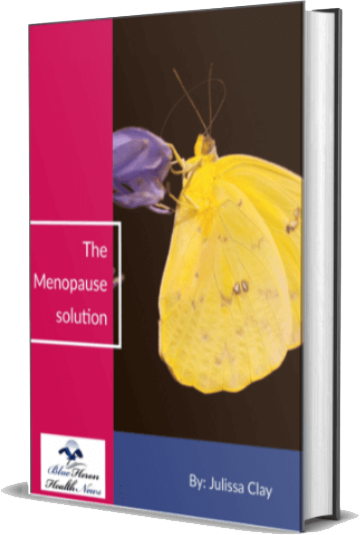
How is menopause diagnosed?
Menopause is typically diagnosed based on a combination of clinical symptoms, medical history, and sometimes laboratory tests. Here’s an overview of how menopause is diagnosed:
1. Clinical Symptoms
- Cessation of Menstrual Periods: The primary indicator of menopause is the absence of menstrual periods for 12 consecutive months in a woman who is of typical menopausal age (usually between 45 and 55 years old). This is known as natural menopause.
- Perimenopausal Symptoms: Women often experience perimenopausal symptoms in the years leading up to menopause. These symptoms can include:
- Hot flashes and night sweats
- Irregular periods (changes in frequency, duration, and flow)
- Vaginal dryness and discomfort during intercourse
- Sleep disturbances
- Mood swings, irritability, or depression
- Decreased libido
- Cognitive changes, such as memory lapses or difficulty concentrating
- Symptom Review: A healthcare provider will review these symptoms and their impact on daily life as part of the diagnostic process.
2. Medical History
- Age and Menstrual History: The healthcare provider will consider the patient’s age and detailed menstrual history, including when periods started to become irregular and the nature of the irregularities.
- Personal and Family History: A history of medical conditions, family history of menopause, and any previous surgeries (such as hysterectomy or oophorectomy) that might affect ovarian function will also be considered.
3. Physical Examination
- General Physical Exam: A physical examination may be conducted to assess overall health and check for signs related to menopause, such as vaginal dryness or changes in breast tissue.
- Pelvic Exam: A pelvic exam may be performed to check for changes in the reproductive organs, such as atrophy or thinning of the vaginal walls.
4. Laboratory Tests
- Follicle-Stimulating Hormone (FSH) Levels: Blood tests measuring FSH levels are sometimes used to help diagnose menopause. During menopause, the ovaries produce less estrogen, leading to an increase in FSH levels as the body attempts to stimulate the ovaries to produce more estrogen. Elevated FSH levels (typically above 30 mIU/mL) can indicate menopause, but FSH levels can fluctuate, so this test alone is not always definitive.
- Estrogen Levels: Estrogen levels typically decrease during menopause. A blood test may be used to measure estradiol (a form of estrogen), but like FSH, estradiol levels can vary, and the test is not always necessary for diagnosis.
- Thyroid Function Tests: Since symptoms of thyroid dysfunction (such as hypothyroidism) can mimic menopausal symptoms, thyroid function tests (TSH and free T4) may be performed to rule out thyroid disorders.
5. Other Diagnostic Tools
- Bone Density Test (DEXA Scan): While not used to diagnose menopause, a bone density test might be recommended for women at risk of osteoporosis, which becomes more common after menopause due to lower estrogen levels.
- Lipid Profile: Menopause can increase the risk of cardiovascular disease, so a lipid profile might be checked to monitor cholesterol levels and assess cardiovascular risk.
- Cardiovascular Risk Assessment: Blood pressure, glucose levels, and other cardiovascular risk factors may be assessed as part of a general health evaluation during the menopausal transition.
6. Differential Diagnosis
- Ruling Out Other Conditions: The healthcare provider will also consider other potential causes of the symptoms, such as thyroid disorders, pregnancy, or other hormonal imbalances, before confirming a diagnosis of menopause.
7. Early or Premature Menopause
- Premature Menopause: If a woman under 40 experiences menopause-like symptoms, it may be diagnosed as premature menopause or premature ovarian insufficiency (POI). Diagnosis in these cases often involves a more detailed evaluation, including hormonal tests and possibly imaging studies to assess ovarian function.
8. Postmenopausal Status Confirmation
- 12 Months of Amenorrhea: The official diagnosis of menopause is typically confirmed after a woman has gone 12 consecutive months without a menstrual period, provided that no other medical conditions explain the absence of menstruation.
In summary, menopause is primarily diagnosed based on clinical symptoms, particularly the cessation of menstrual periods, along with a detailed medical history. Laboratory tests, including FSH and estrogen levels, may be used to support the diagnosis, but they are not always necessary. The diagnosis process may also involve ruling out other conditions that could cause similar symptoms.

The Menopause Solution™ By Julissa Clay – Blue Heron Health News The Menopause Solution it can be concluded easily that you should try this program at least once if menopause is destroying your internal organs or deteriorating your physical health to a considerable level. This program can help in resolving your health issues caused by perimenopause and menopause in a completely natural manner. You can use this program without any risk as you can get your money back if you are not satisfied with its results.